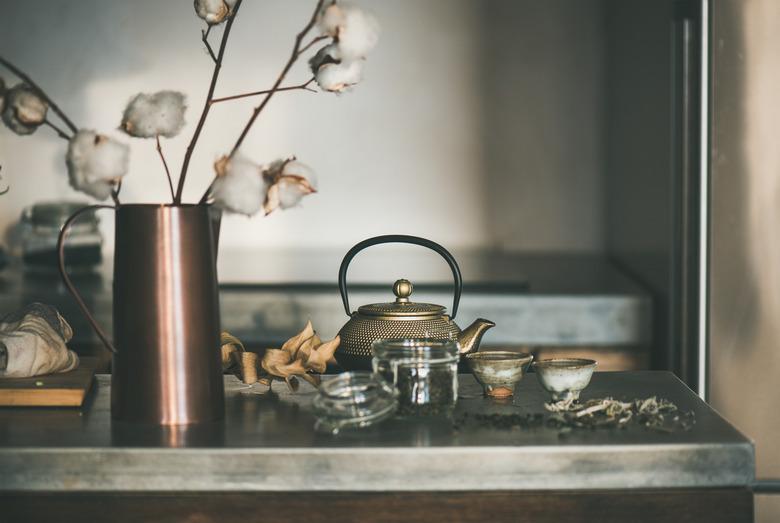How To Make White Concrete
Have you fallen in love with concrete yet? This ubiquitous material is no longer just for boring patios, sidewalks, driveways and parking lots. In fact, you probably come across decorative concrete more often than you realize.
That's because it doesn't always have to look gray, lifeless and flat. In fact, it can be textured and colored to look like other more expensive building materials such as brick, stone or marble.
The shiny marble look is what most people want when they choose to do their own pour-in-place concrete countertop. If you want a colorful countertop, here's what you need to know about your color options.
Types of Concrete Coloring Methods
As you continue your research, you'll come across five different types of concrete coloring methods:
- Acid stain: The colors available for this method are limited to natural colors, including earth tones and muted blues and greens. It's a little messy to apply, and safety precautions must be taken.
- Water-based stain: Colors can be totally customized with a water-based stain thanks to their ability to be mixed.
- Dry-shake color hardener: Numerous colors are available for this powder that is applied to the surface of freshly poured concrete, but the tones may be more muted than other coloring methods.
- Concrete dye: If you want bright, bold colors, concrete dye should be your choice. You can mix and dilute colors as much as you want. Dyes are either solvent based or water based. Water-based concrete dyes are safer to use; solvent-based dyes are flammable.
- Integral pigment: Finally, the color options for integral pigment are wide ranging but not entirely unlimited. As far as application and performance are concerned, integral pigment is the easiest with which to work and does not fade or wear away. It comes in powder or liquid form.
Integral Concrete Pigment
What makes integral concrete pigment such a great choice is that it mixes with the concrete itself before it is poured. Unlike the other methods, which are applied to the surface of the concrete, integral pigments settle within the entire block of concrete. Any chipping will be less obvious with this coloring method.
Of course, mixing the pigment thoroughly means that you'll get the most even color coverage. Poorly mixed integral pigments can appear blotchy because the color is more concentrated in some areas. In order to avoid overmixing the concrete and thus affecting its workability and other properties, pigments are typically first mixed with either the water or the concrete powder before the wet and dry parts are combined. Use a drill with a paddle mixer to powerfully mix everything together for even coverage.
For a guaranteed professional appearance, you can always choose to order your colored concrete from a local ready-mix company.
Making White Concrete
Concrete naturally has a gray color. You can find some bagged concretes that are said to be white, but these can still show natural variations in color. If you want a truly bold, white cement countertop, you should choose an integral pigment.
This will ensure that your white countertop looks bright and cheerful in your kitchen. Otherwise, it could look a little drab. Remember that this DIY task doesn't end once the concrete has been poured and cured. You still need to seal it and polish it to make it truly stunning and easy to clean.
Your guests will all think it's marble. Be sure to let them in on the secret of decorative concrete so they can have a stunning white cement countertop too.
